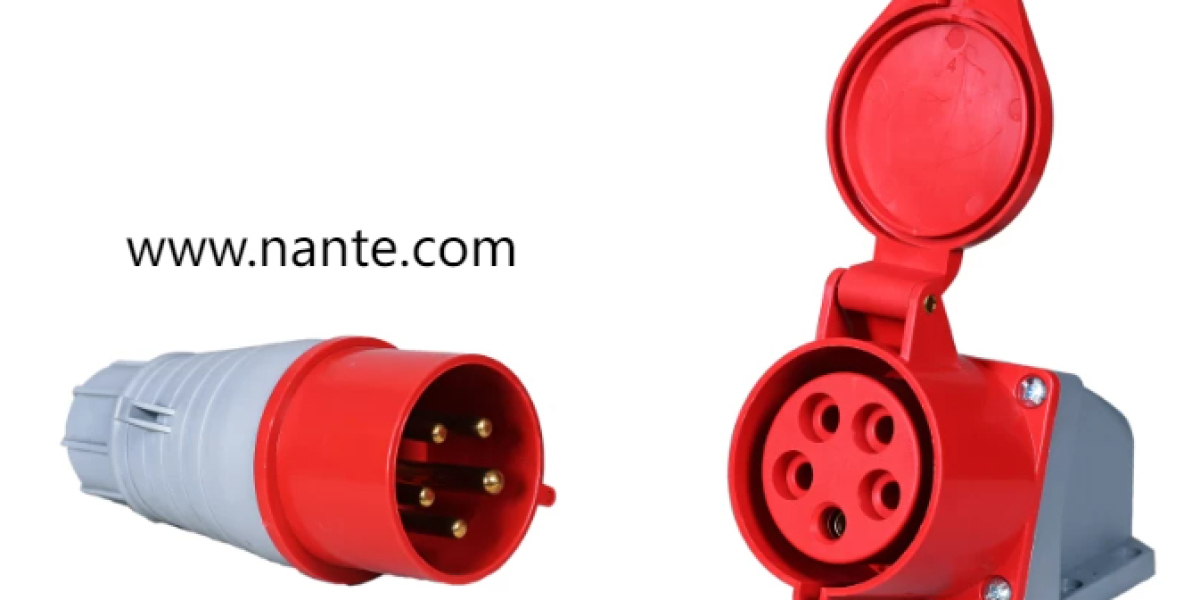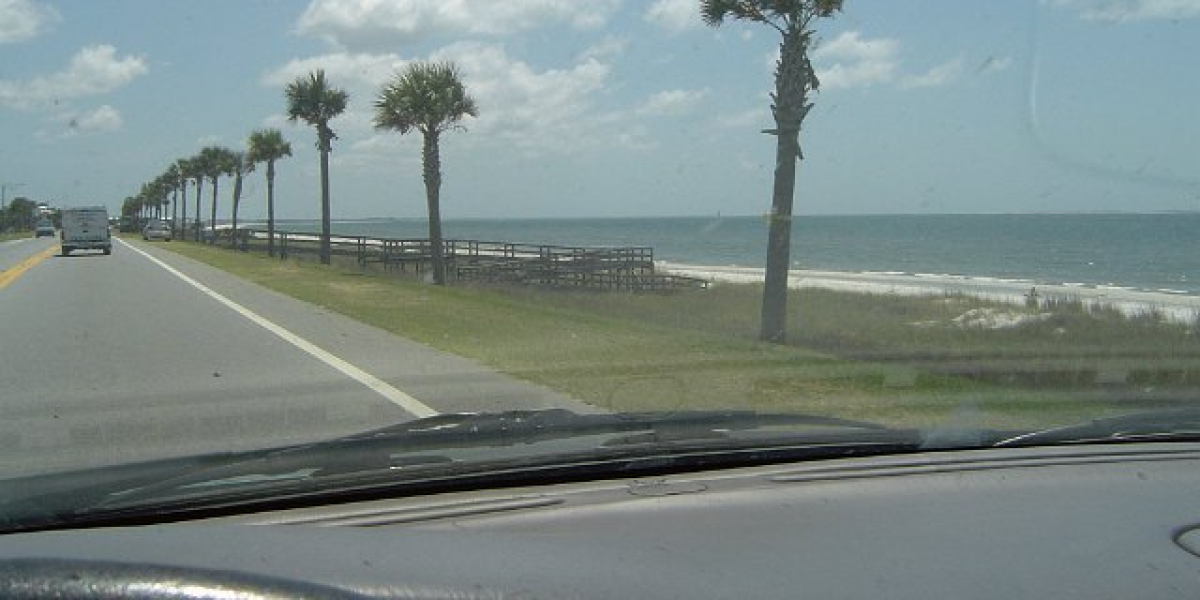As heatwaves sweep across regions and storm patterns shift, the Outdoor Socket Box becomes a frontline device for keeping external power points safe and reliable. Modern housings combine fire resistant shells sunlight protection and smart ventilation so outdoor connections remain stable when temperatures climb and weather turns unpredictable. Homeowners facility managers and installers are looking for practical products that resist heat stress while easing routine checks.
Materials matter when sunlight and hot air press on enclosures for long stretches. Cases made from durable compounds that resist discoloration and surface breakdown help maintain sealing and prevent crack formation. When coating and substrate choices work together a unit keeps internal parts shaded and out of direct rays. That reduces premature aging and keeps access points functional with less maintenance.
Fire resistant design lowers risk when a connector or cable becomes overloaded. A housing that resists ignition and that prevents flames from spreading gives crews time to isolate a fault safely. Paired with internal barriers and tidy routing, these features reduce the chance that a single fault damages nearby equipment or finishes. For crowded outdoor venues this passive protection is an important layer in overall site safety.
Heat management inside the box matters as well. Passive vents, raised mounting plates and thermal paths that move warmth away from critical parts help keep temperatures within safe ranges. Designs that allow air to circulate without letting rain or dust enter maintain a balance between protection and cooling. In practice that means connectors perform reliably during long hot spells when ventilation and shading work together.
Sunlight resistant finishes and UV tolerant pigments preserve both looks and function. Faded surfaces often hide stress cracks that lead to seal failure, so choosing a finish that resists sun damage keeps visual inspection effective. A neat appearance is not merely cosmetic; it signals that seals and fasteners remain intact and that weatherproofing will continue to do its job.
Sealing details deserve attention. Gaskets that compress evenly and that rebound after repeated opening maintain a tight fit around cable entries. When seals stay pliable they prevent moisture and fine dust from entering, which reduces corrosion and contact issues. Replaceable gasket kits let teams refresh protection during scheduled checks without swapping entire units.
Placement and shade strategy also reduce thermal load. Installing a unit under an overhang or behind a screen can lower direct exposure and help vents work more efficiently. Where shade cannot be added consider reflective finishes and raised mounting to increase airflow. Practical siting choices complement product features and extend service life without heavy modification.
Maintenance routines bring those design advantages to full effect. Simple inspection cycles that include gasket checks hinge lubrication and seal cleaning spot early wear so replacements happen on a planned timetable. Crews that adopt modest care habits see fewer surprises and can schedule parts swaps during quieter times instead of responding to sudden failures.
When networks include renewable sources and battery systems planning for thermal stress becomes urgent. A robust box that accepts extra monitoring devices helps teams track internal conditions and react when signs of heat buildup appear. Remote alerts and visible indicators guide maintenance so interventions take place before functionality degrades.
For buyers comparing options consider vendor support for spare parts and clear guidance for handling in hot climates. A supplier that offers replacement gaskets and that explains shading and venting choices reduces uncertainty and speeds service. Practical documentation helps technicians apply routine measures that keep installations reliable in warm weather.
To explore models designed to resist heat and to learn about accessory kits and maintenance notes visit www.nante.com where product pages and technical guidance are available. Review available housing choices, grill and gasket options, and support materials so you can match a configuration to local climate and site constraints. Contact the supplier for tailored advice so your outdoor power points remain safe and ready even during prolonged warmth.







